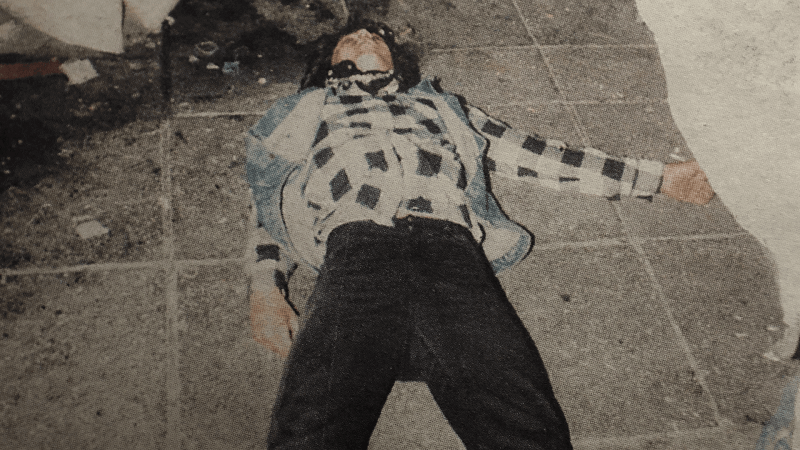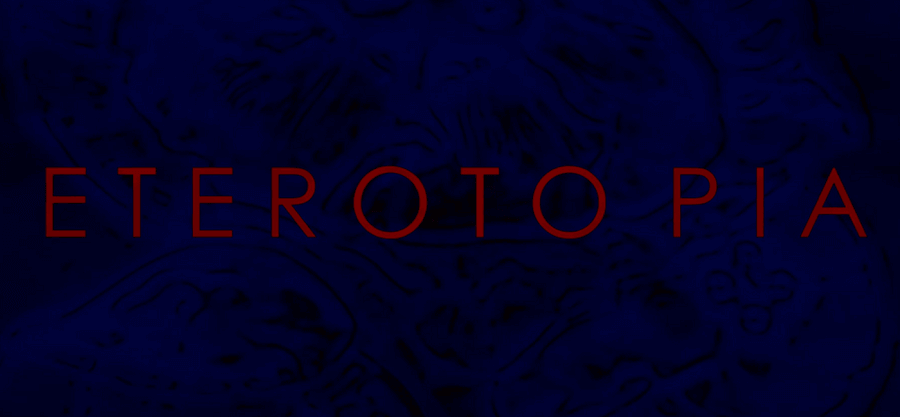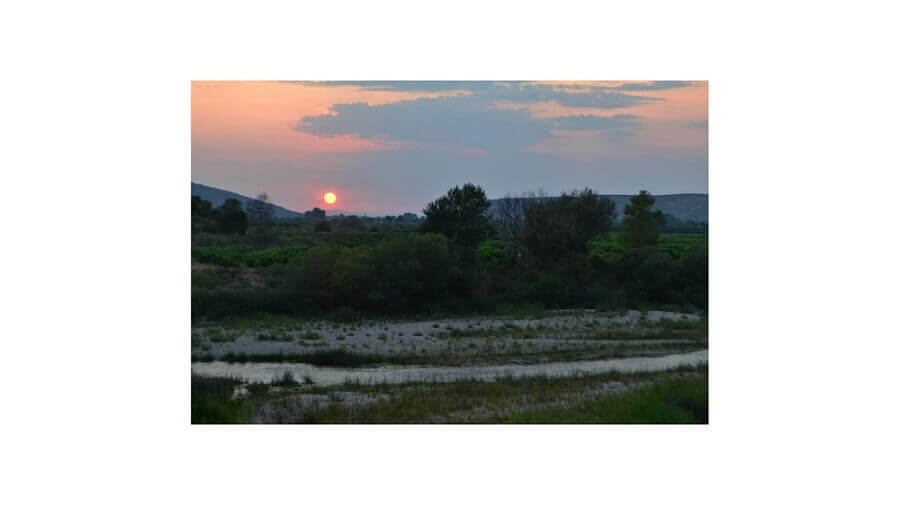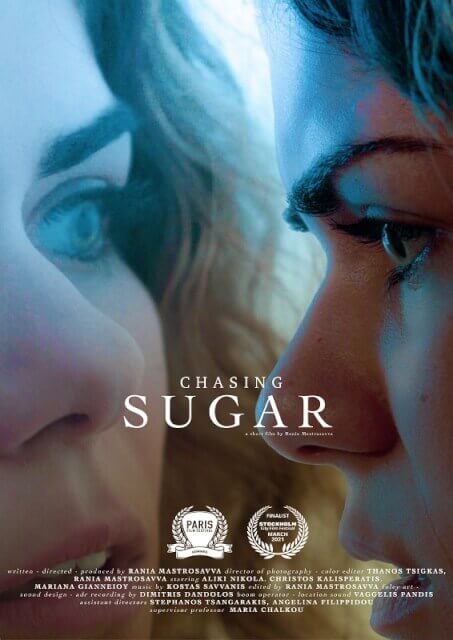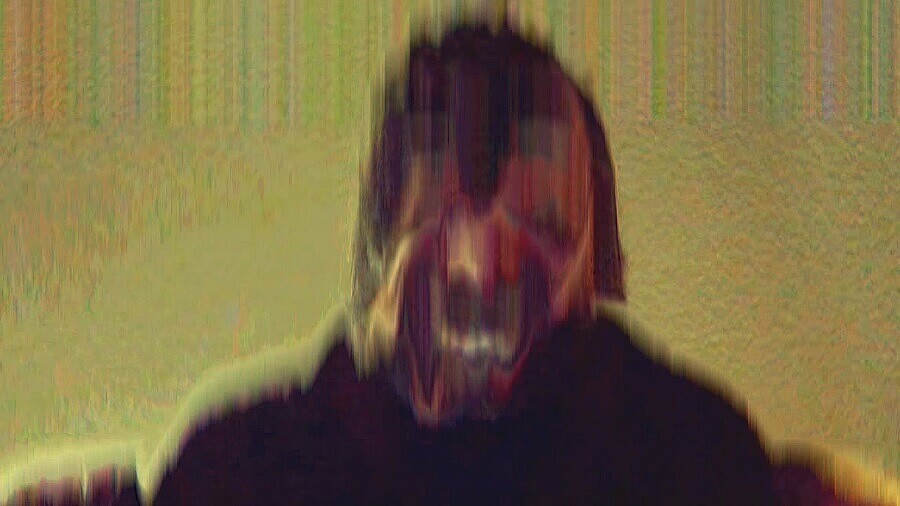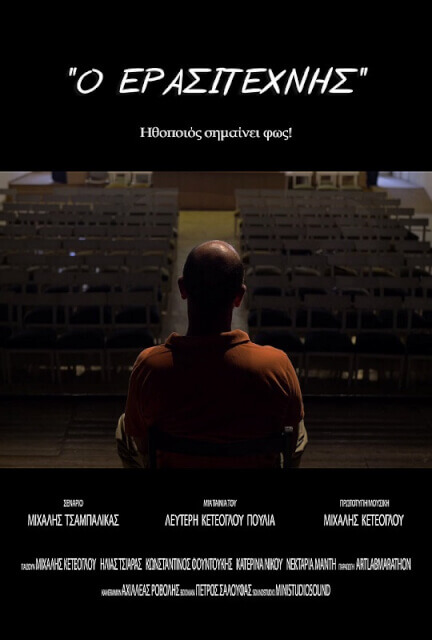Dharmadhatu
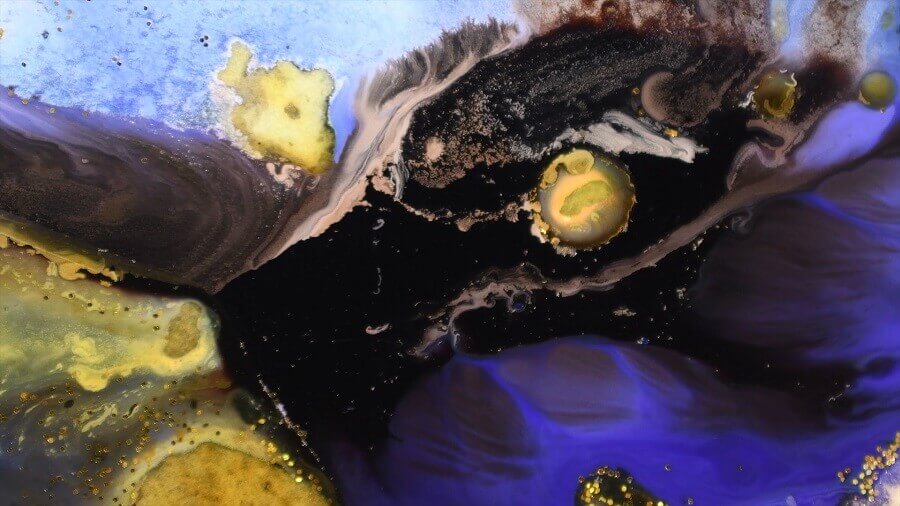
"Dharmadhatu" is an experimental audiovisual video with linear narrative. It has been created with an original experimental technique, where each frame results from a live recording of the behavior of flowing colors on a painted surface.
Related Works
An essay-film which looks for mnemic traces of major political events inscribed in the body of the metropolitan entity of Athens.
Α creative dynamic dialogue with artificial intelligence (ai). The cursor is about to press "generate". Analyzing.
"Orisons" is a photographic series where images are projected in a way through which I honor the presence of humans and non-humans in my life and in the environments I exist in. The second image of the album is a self portrait that is followed by portraits and pictures of familiar or stranger faces, beings and places. All these photographs radiate something sacred to me which is deeply related to my perception that the moments and the images I am lucky enough to experience are important.
Zoe is a 25 year-old student, living in Corfu island, Greece with her only friend and roommate Anne. Waking up late an afternoon Zoe realises that her friend is missing and she goes out at night alone in search of her. The strangely empty and quiet town, a series of bizzare events and the sense that she's been followed gives her the realization that something strange is going on and her eager to find her friend grows stronger.
At that time she comes across a dark human figure that wants to capture her. Trying to escape, Zoe ends up in a white room with nothing but a mirror inside.
As she walks closer to the mirror she sees that someone is trapped inside a room. Thinking that it's her friend Anne she reaches and goes through the mirror into that other room.
As she sits down next to the other person, thinking that she is Anne, she realizes it's her own self. In a desperate and decisive moment she tries to save her double, only to realize that her double can not cross to the other side of the mirror. Realizing that there's no way out the double lets go of Zoes hand.
Zoe wakes up in her room in the morning, gets dressed and goes for a walk by the sea in the now fully alive and noisy town. As she stands and stares at the waves she meets a girl named Anne sitting nearby. After the two girls meet they sit by the sea talking.
The quarantine's experience time has functioned as a humanized time. Its previous social barbarity was imprisoned in the familiar cage of my soul and became my creation time. Each day was my friend, an eternal circular and dynamic present, a consciousness without conflicts. It was like an eternity that is experienced differently every moment. An unprecedented form of stillness gripped me and perpetuated in many abstract fragments which finally formed the new texture of my existence, in this peculiar isolation. I became from the carcass of time I was before, its qualitative disintegration… Reality was distorted and experienced illusively. The time from the alienation that was before, was transformed and became the cover for the scratched truth of myself. This kind of time my conscience had dreamed to live.
A professional electrician works in the villa of the rich professional actor. The electrician is also an amateur theater actor. The love of the amateur actor seems to be greater than the famous actor. The famous actor tries to make money but the amateur tries to do what he loves.
EX-SITU[existing situations] is an interactive installation that incorporates a computer, sound, and lighting technologies in which users/ viewers take part in the destruction of the painting by stepping on it. At the same time, a motion tracking system marks visitors and a light spot tracks them.
The content of EX SITU calls for awareness of social indifference, self-promotion, and their impact on society. The structure of EX SITU is intentionally ambiguous, revealing the obsession/fascination for the protection of material in contrast with the empathy for other people.
The interactive installation underlines the responsibility of individuals in society. The theoretical part analyses the Destruction in Art Symposium in 1966 and The bystander effect, or bystander apathy, in which individuals are less likely to offer help to a victim when other people are present.
This art piece is trying to express the struggle between letting go ας one would use nature for meditative reasons and the over controlling mind fixating on patterns deriving from sea foam lines.
This artwork consists of multiple videos of scrolls down found in well-known social media, which were taken by smart phone and are displayed in a horizontal layout and continuous flow. On a second reading and as the viewer moves away from the individual information, he or she realizes that the Greek flag is formed in the video. The artwork seeks to ask questions about the ever-increasing use and abuse of social media in Greek everyday life. Being sometimes means of communication and information and sometimes tools of manipulation, social media make people concern and strongly influence society in its entirety, while the posts of their multiple users are now an integral part of our modern (digital) public space.


